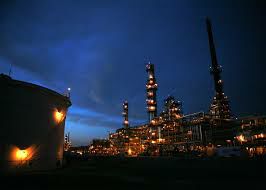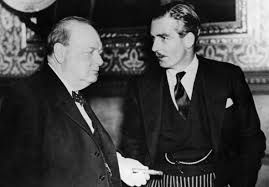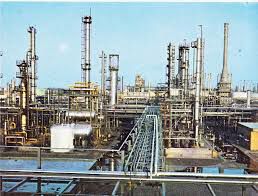1948: THE BRITISH LABOUR GOVERNMENT AND THE COMING OF THE ANGLO-IRANIAN OIL COMPANY’S CRISIS

On 28th May 1901, William Knox D’Arcy entered into agreement with the Iranian Government to exploit oil. After protracted negotiations the contract included the following provisions:
(a) The exclusive right for 63 years to exploit petroleum throughout the Persian Empire, with the exception of five provinces in north Persia.
(b) On the date of the formation of the first exploitation company the Persian Government was to receive £20,000 in cash, £20,000 in paid up shares and ‘annually a sum equal to sixteen per cent’ of the Company’s profits.
(c) On expiration of the concession all ‘materials, buildings and apparatuses’ of the Company should become the property of the government.1
D’Arcy’s syndicate struck oil in 1908 in the southern province of Khuzistan and the Anglo-Persian Oil Company (APOC) was incorporated in 1909. The field, Masjid-e Sulaiman, proved among the richest then known in the world. A 140-mile pipeline was laid to Abadan, an uninhabited island the estuary of the Shatt-al-Arab, where a refinery and loading terminal were constructed. The refinery was ready in 1913 in time for the First World War.
The whole enterprise had had been an expensive undertaking and it proved necessary to seek the help of another inventor, the British Government itself, where the First Lord of the Admiralty, Winston Churchill, had been persuaded of the need to conclude a long-term contract for oil supplies to the Navy. As the counterpart to a favourably priced contract
in 1914 an agreement was made between the Treasury and the Company which was directed to ensuring supplies of fuel oil for the Navy and to making sure that these supplies, which would be required in increasing quantities, were purchased by the Government at reasonable prices. His Majesty’s Government subscribed to the Company a total of 3,300,000. They became entitled to appoint two Government Directors: and held by virtue of their capital subscription a majority of the share votes. (The situation at the present date is that His Majesty’s Government has a majority share holding, 55.86% of the ordinary shares, and a majority also of votes, 52-55%). The arrangement between Treasury and the Company conferred on the Government Directors a right of veto which, however, the Government undertook not to exercise except in certain circumstances.2
In 1919, by which time war time experience had amply justified the involvement, the British Government put in another £3 million.
1931 turned out to be disastrous for the Anglo-Persian Oil Company’s profits due to the Depression, so the royalties fell to just over £300,000 not much more than a fifth of their level two years earlier. The Shah, who was ambitious and looked to the oil royalties to modernise his country, and to arm it with warships and other weapons systems, became disappointed with the Company and cancelled the concession on 27th November, 1932. This led to a formal complaint by the British Government against Iran in the Council of the League of Nations. However, before the case was heard, under the auspices of the League of Nations, while reserving their respective legal points of view, the parties began to negotiate. On 3rd April 1933, Sir John Cadman of the Anglo-Persian Oil Company arrived in Teheran and negotiations began. The outcome was a revised agreement, the 1933 Concession.
- PRO London, CAB 129/47 CP (51) 257, Memorandum by Herbert Morrison on the dispute with Persia, Secret, 26th September, 1951, p. 1.
- Ibid.



